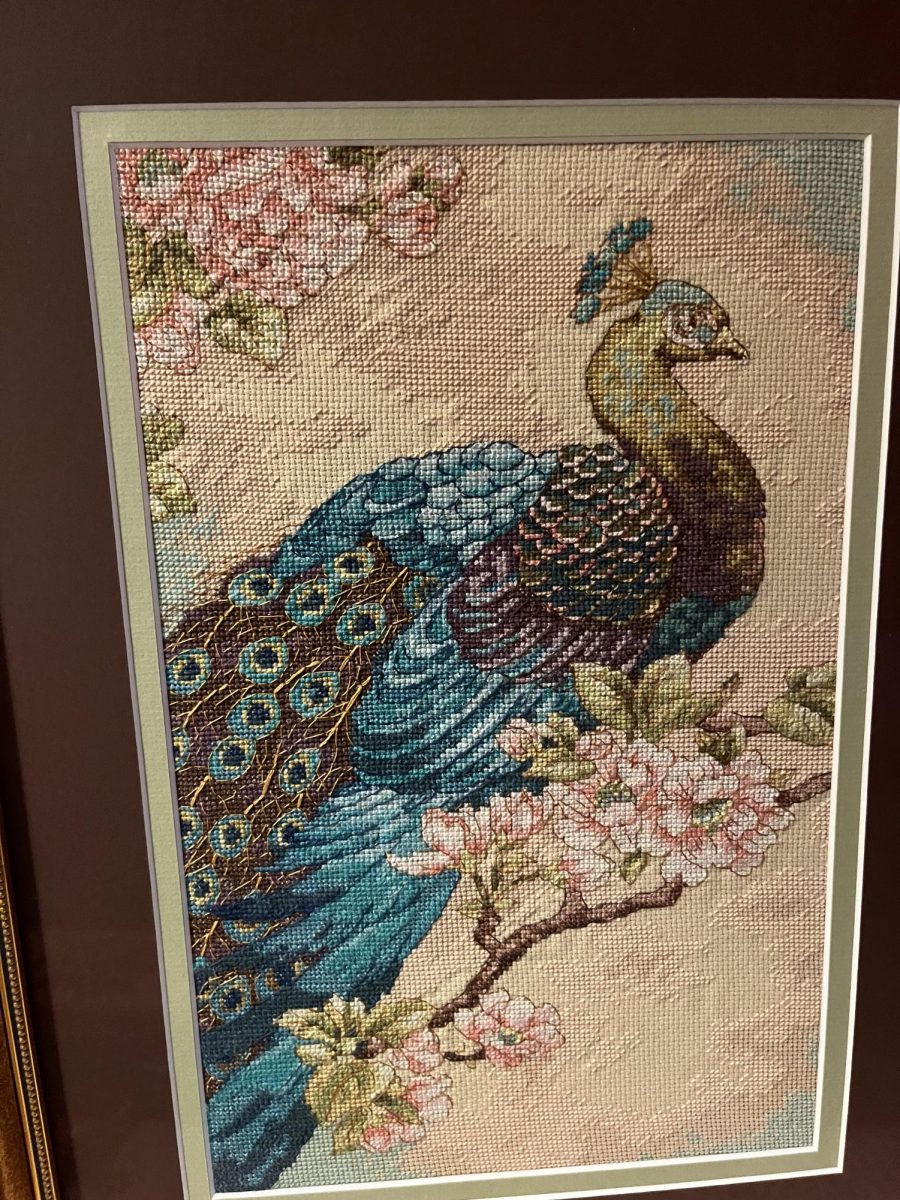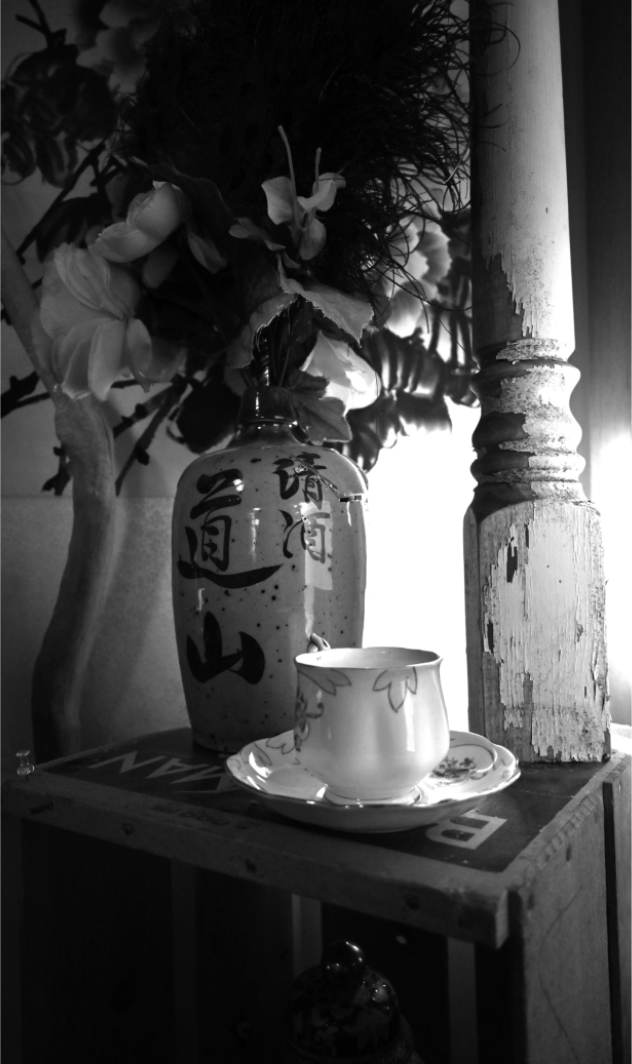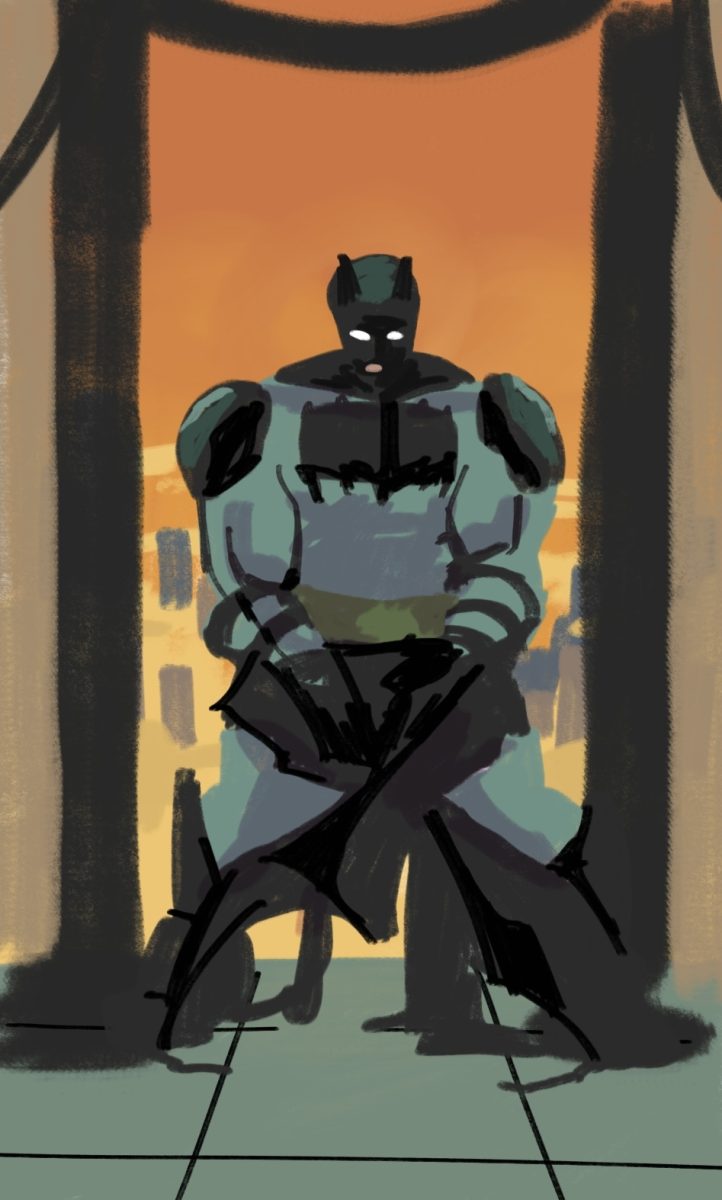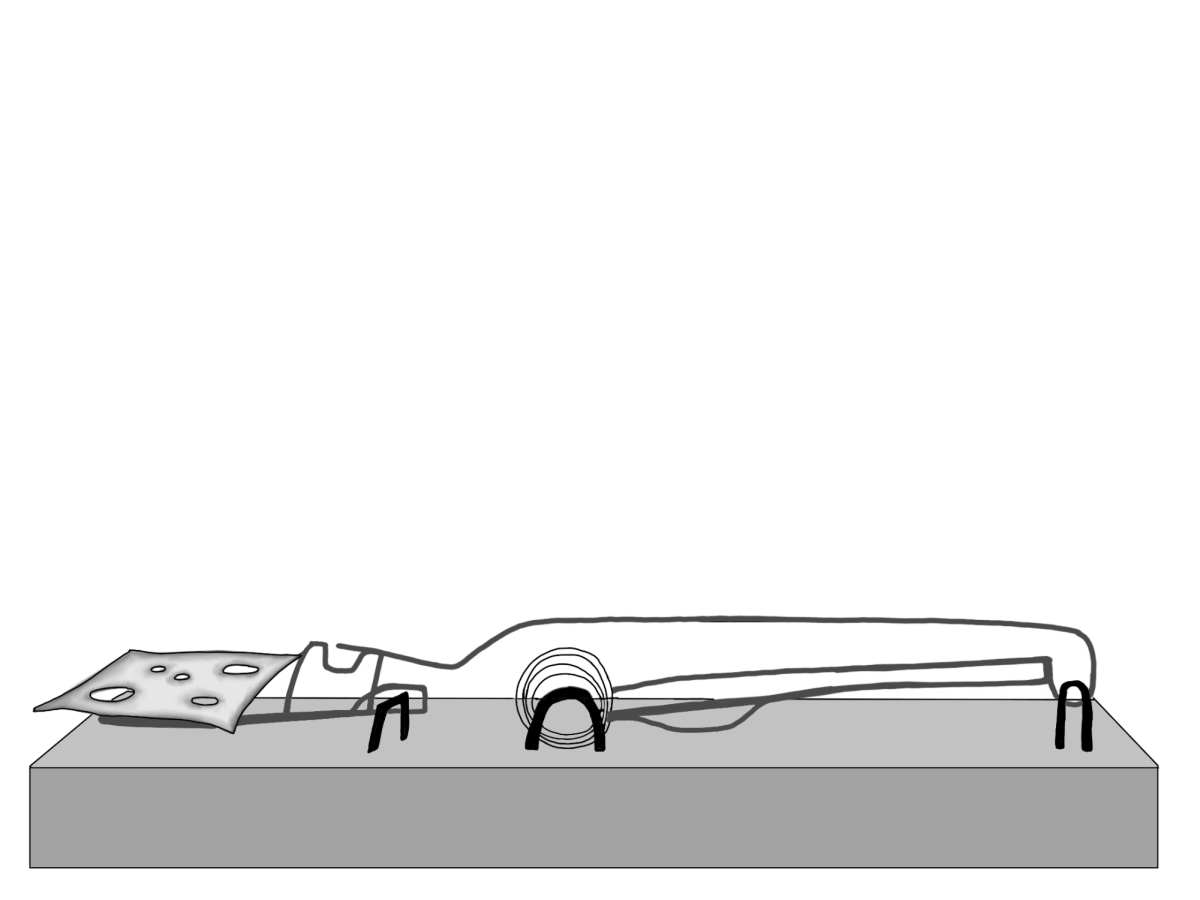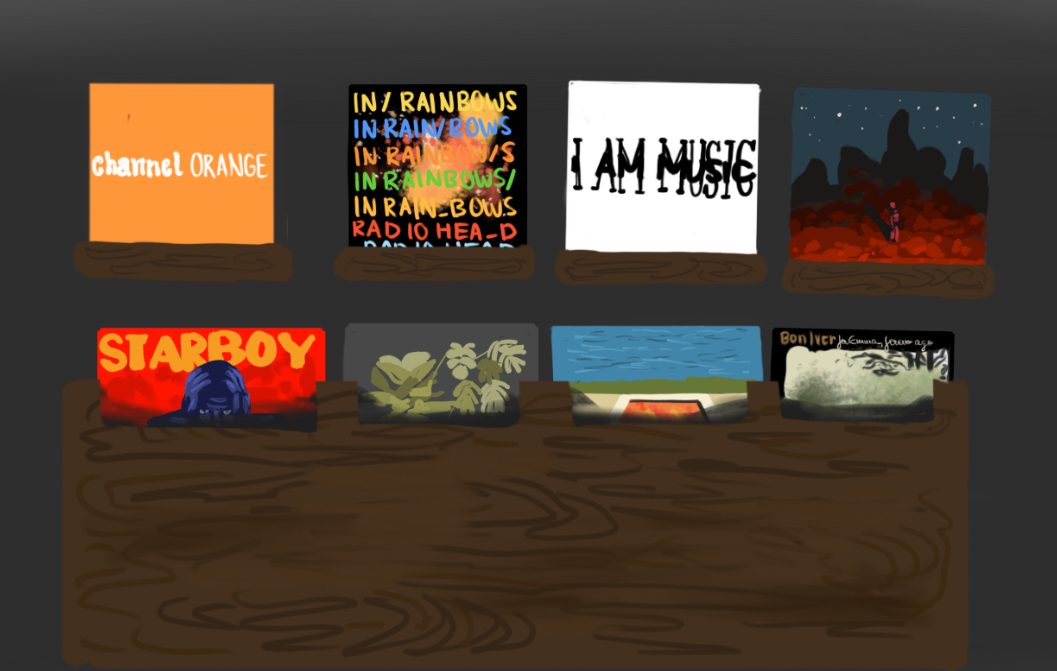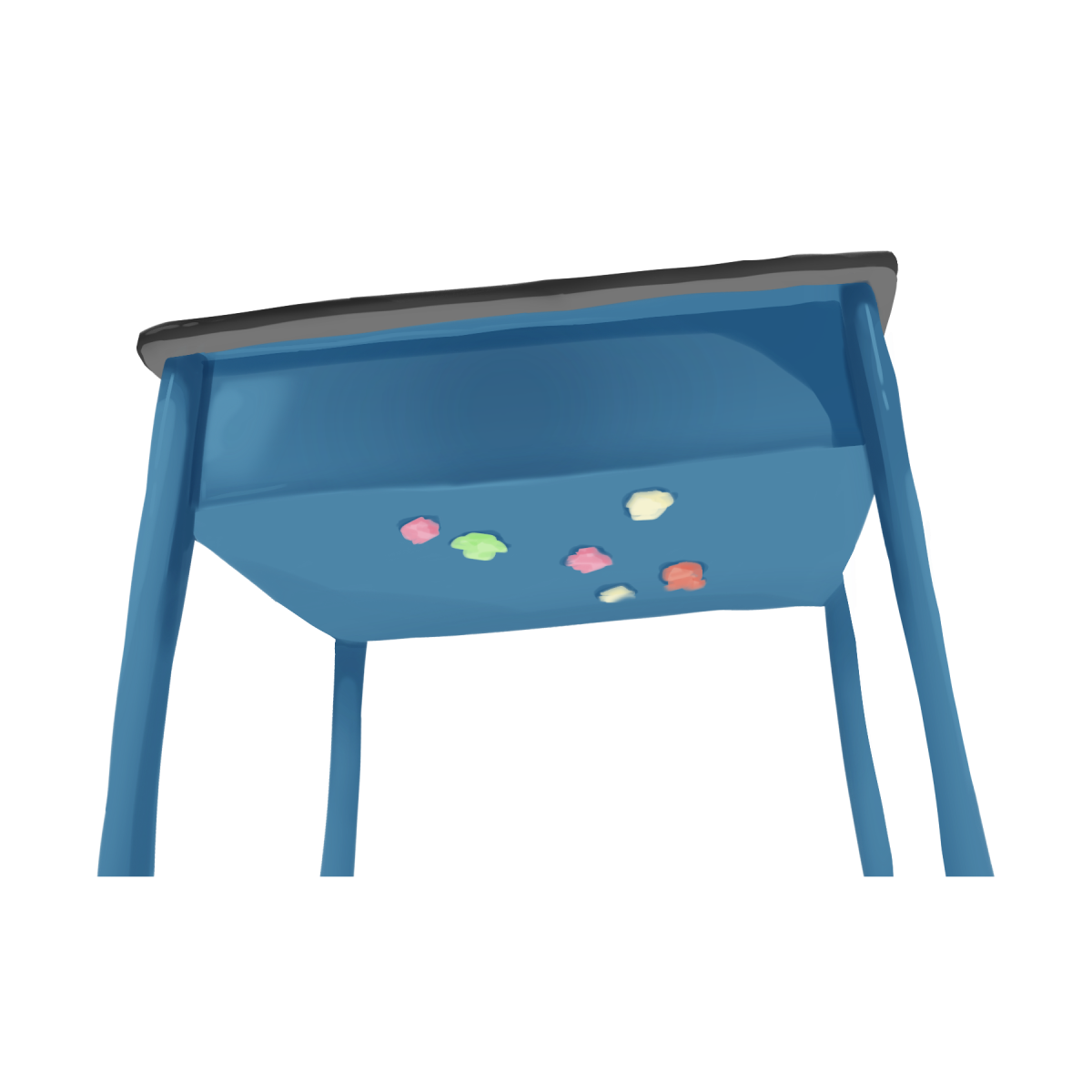Rooms die. Unlike a painting which exists to fade into obscurity, a room as it is arranged at any moment will die as things are moved, people leave and enter. It is the feeling of a room that shifts as the air is shared and cycled around and everyone thinks their own thoughts.
Think about your room. What it means. Why the exact arrangement of the things and furniture in your room has come to be. When my family moved away from my childhood home, I was devastated for all but one reason. My room, long relegated to the basement, was on the second floor and had windows. In the natural light, I felt new and uncertain.
A couple days after we moved, I started high school. This was a rough period and at first my room was stark. I built my IKEA bed and put up some posters, but the white walls haunted me. Then, my mom gave me some of her office furniture, which made the whole thing more confusing.
I became devoted to filling the space, making it feel like something. I found art and books in alleys and on front lawns, in boxes marked “free” in a rushed scrawl. I scoured dusty road trip antique stores for new and exciting things. Like a hunter mounting a deer’s head on the wall, I got a thrill from finding them and putting them in their place, taking up the soulless white.
Over time, the gathering became more frenetic. My neighbor’s discarded front door became a canvas. I purged a deconstructed table of its parts, figuring there could be some use for them. Cool bottles from restaurants, rugs from estate sales, everything found a place. And as my room filled up, covering the blank white, I began to ask myself, why am I so invested in this?
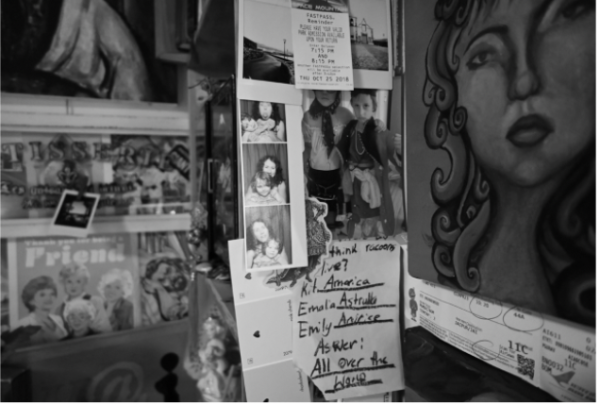 Your room is the only place in the world that you can control. Switching schools, moving homes, losing friends, life is unpredictable. Anxiety creeps in as adulthood looms, always trying to determine what is the impossible “best” decision. So there is a freedom in creating your room, where anything feels possible, and anything can become part of you.
Your room is the only place in the world that you can control. Switching schools, moving homes, losing friends, life is unpredictable. Anxiety creeps in as adulthood looms, always trying to determine what is the impossible “best” decision. So there is a freedom in creating your room, where anything feels possible, and anything can become part of you.
With time, a room becomes a living exhibition of your inner life. Regardless of whether it feels like “you” or not, its messiness and contents speak to how you feel inside. With each object attained and meticulously placed, a self-portrait evolves and develops, each stage frozen in a Platonic gallery dedicated to you.
A room can be a sanctum, but also a cage. The safety of a room holds onto the smell of your friends after they leave, the memory of childhood and thinking secrets to yourself. But sometimes you’ve been staring at the four walls too long, you’re tired and suddenly that safety morphs to keep you from your responsibilities. Identifying when the walls are protecting you and constraining you can be difficult.
Striking this balance between control, expression, and responsibility has been the defining struggle of my high school life, and it shows. Apart from looking like a physical struggle has torn through it half the time, my room is a relic of what my mind was like in high school, something I will never relive and no one could fully understand.
Rooms change. We pack everything up and leave the white walls white again, we arrange and rearrange, new rooms and new people await us. Maybe the next one will look completely different or exactly the same. Rooms die but they are also born as we live in them, change them, and leave them for someone else to do the same.

